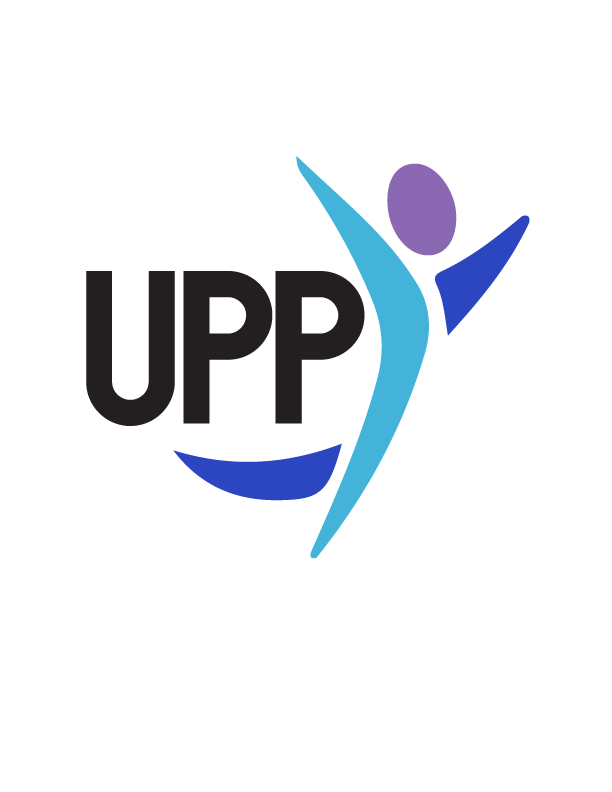WEEK 26- Laugh out Loud
Equipment Required
N/A
PERMAH Element
Positive Emotion and Relationships
Teachers to read and facilitate the following:
Rationale
Humor is a way we can boost our positive emotions. This can help us think better and be more creative. For example, a study showed doctors experiencing positive emotions made more accurate diagnoses (Seligman, 2002). When we use humor we can see the lighter, brighter side to life and sustain a cheerful mood. Laughing has many benefits. Firstly it is contagious- thanks to our mirror neurons, which make us respond to actions we observe in others. Laughing hard is a burst of exercise, triggering the release of endorphins that make us more relaxed both physically and emotionally. Using humor to acknowledge mistakes without becoming angry or frustrated plays an important role in developing our resilience. While humor can be fun and help us feel better it must never be used to hurt someone. We should laugh with people not at people. Humor increases levels of social support through reducing conflict and enhancing positive feelings towards others (Martin, 2001). The benefits of laughing occur whether the laugh is real or fake- the body cannot tell the difference. By seeking opportunities for humor and laughter we can improve our emotional health, strengthen our relationships and find greater wellbeing.
Description of Personal Wellbeing Practice: Laugh out Loud (LOL)
Students are to gather in a circle.
We are going to hear a joke and the challenge is for everyone is to respond with wild laughing- real or fake- as the body doesn't know the difference. The fake laughing usually leads to real laughing anyway.
Teacher to ask for someone to lead the group in a joke (explain joke suitability for this group- nothing rude or degrading) or there are some options below.
Why can you never trust an Atom? Because they make up everything.
What did the left eye say to the right eye? Between us, something smells.
How do you make a tissue dance? Put a little boogie in it.
I asked my daughter if she’d seen my newspaper. She told me that newspapers are old school. She said that people use tablets nowadays and handed me her iPad. The fly didn’t stand a chance.
Why was 6 afraid of 7? Because 7,8,9.
Consider sharing: At first this might have been awkward or tricky. But after some time the jokes (possibly even the bad ones) and laughter may have led to some positive emotion, relationships and wellbeing for members of the group.
Main message:
"A good laugh overcomes more difficulties and dissipates more dark clouds than any other one thing." - Laura Ingalls Wilde
UPP’s Personal Wellbeing Practices
A Personal Wellbeing Practice (PWP) is an evidenced-based positive psychology intervention, applied in school communities or other educational settings. At UPP, we have tried to make these PWP’s simple, concise and relevant for students and their teachers. The six elements for the Personal Wellbeing Practices are: Positive emotion (P); Engagement (E); Relationships (R); Meaning (M); Accomplishment (A); and, Health (H).
We hope that these evidence-based tools of positive psychology will enhance help people to thrive and live their best life, both within and beyond the school gates.
For more activities like this (and much more), check out THRIVE Online Lesson Modules for Pastoral Care and Wellbeing.
Unleashing Personal Potential

